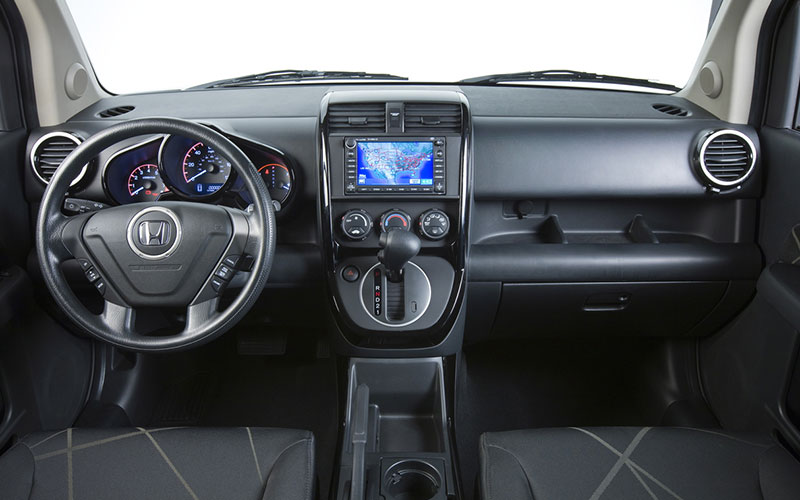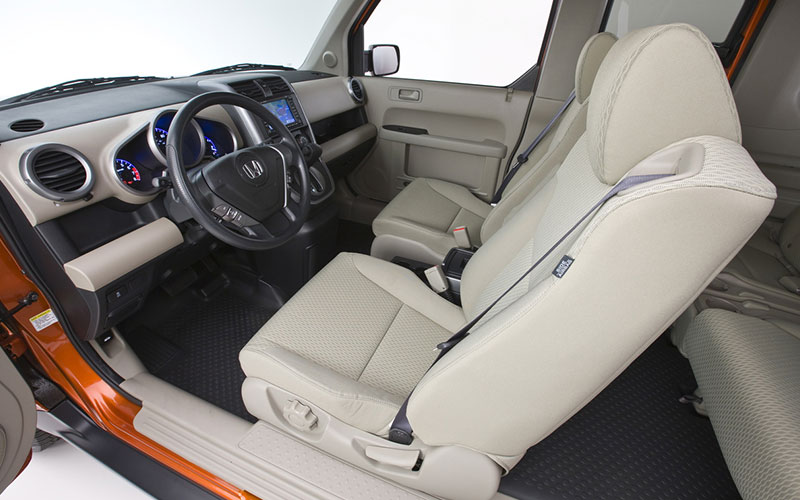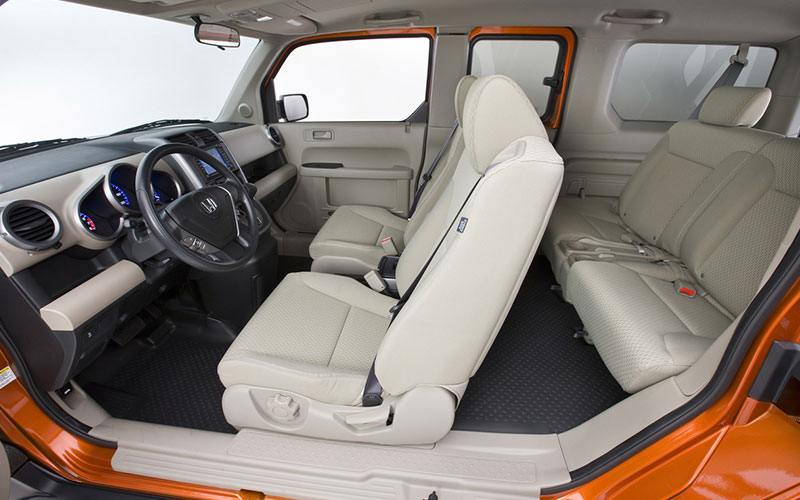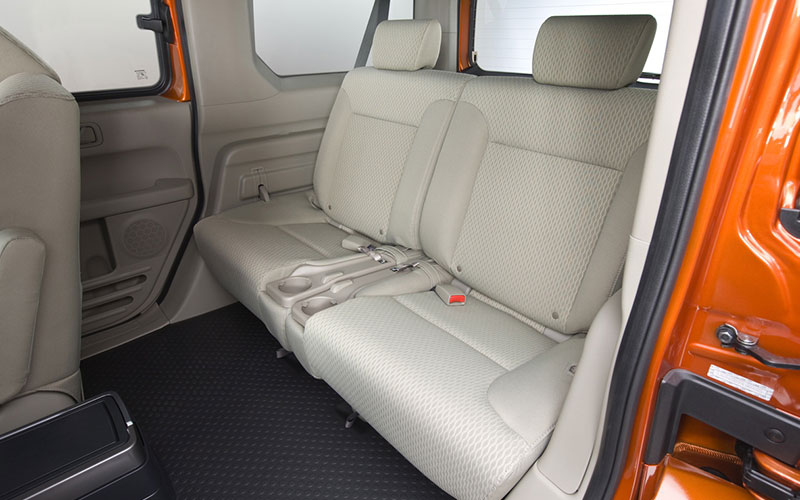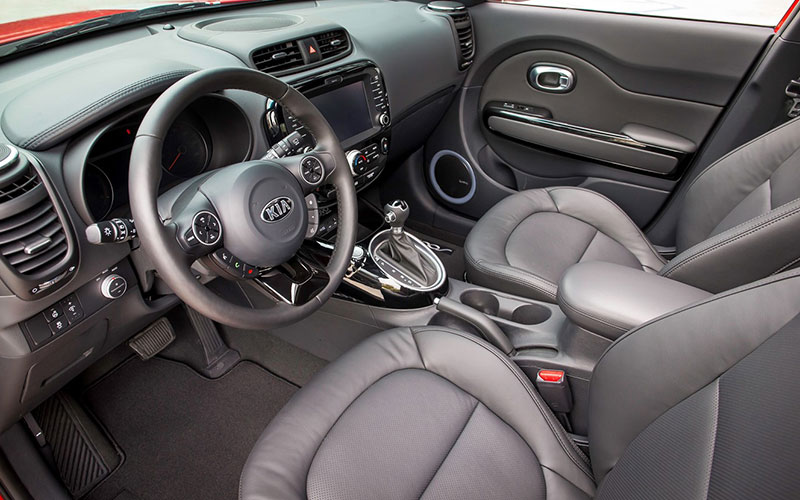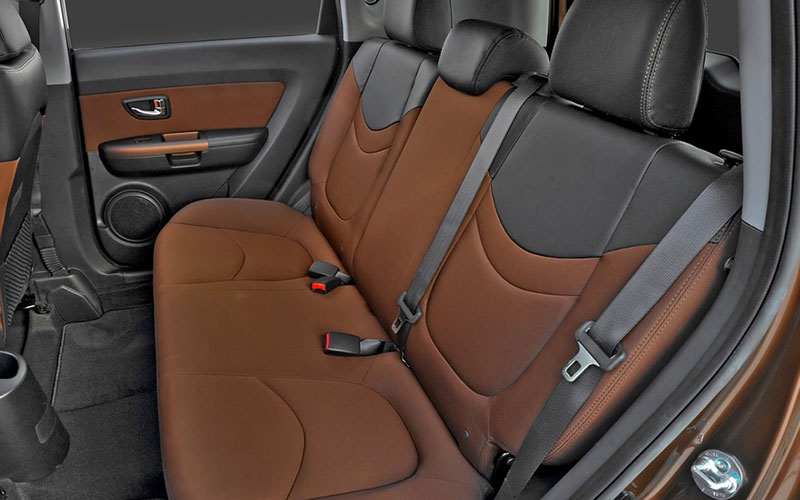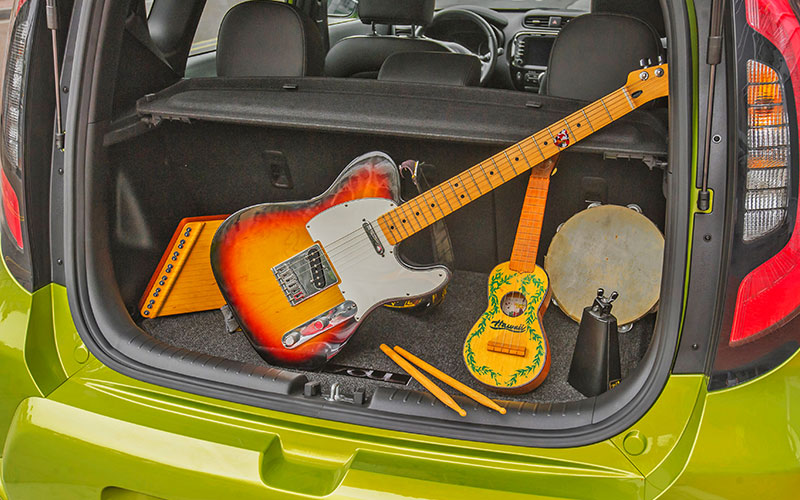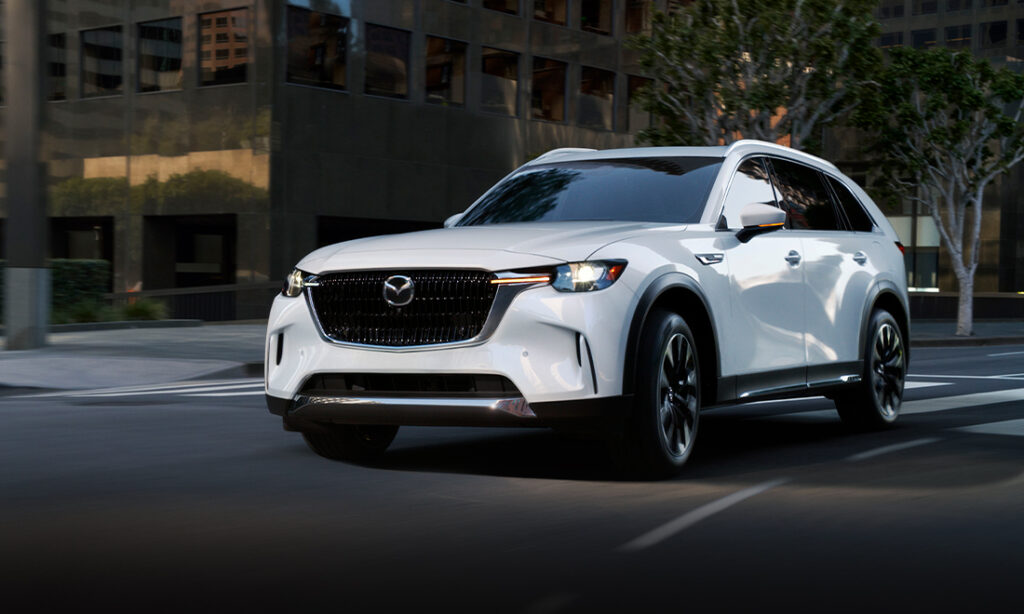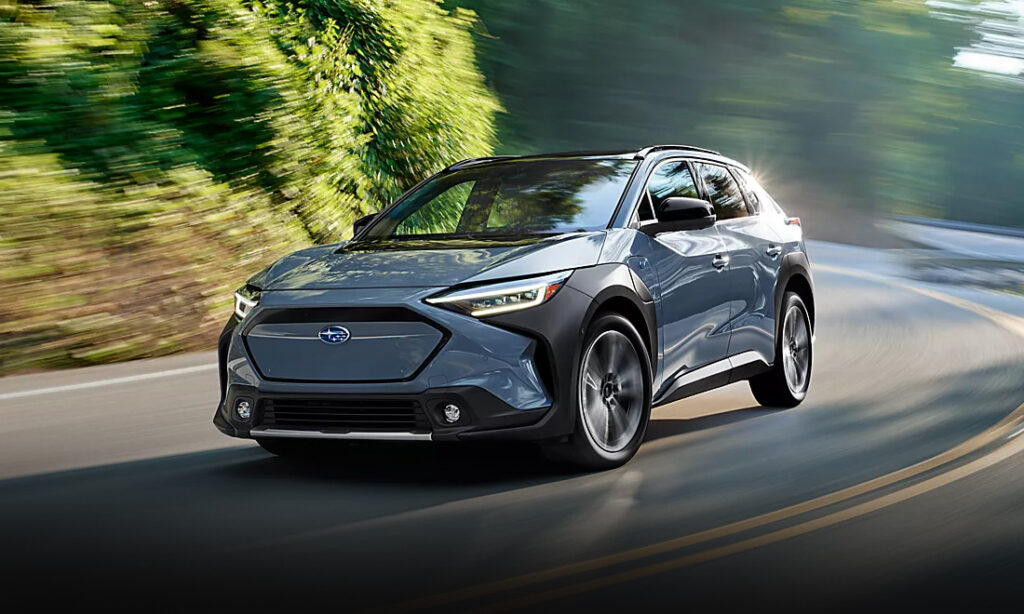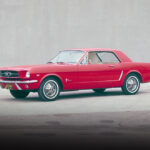Under $10,000: Element vs Soul
We’re shopping with $10,000 for a used Kia Soul or Honda Element. Will you choose hiking boots or those red leather Converse? Let’s find out.
Fun and Function for a Great Price
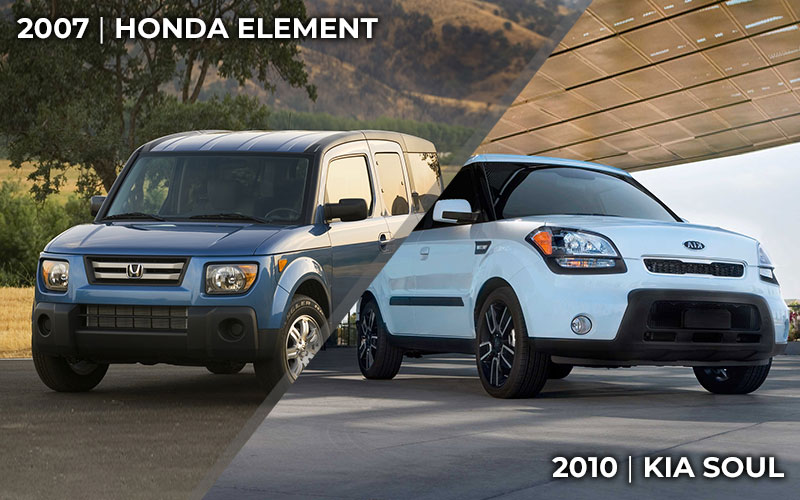
The Kia Soul and Honda Element are excellent options in the used car market. If you want utility and functionality with a little bit of quirky personality, these are your transportation choices. But as similar as they are in concept, they’re very different in execution. The Soul is stylish and fashion-forward, where the Element is purposeful and reliable. Neither is inherently better than the other, and some would even say both are polarizing choices in their market. However, one will make you part with $10,000, and the other will not. Will you choose hiking boots or those red leather Converse? Let’s find out.
Adventure or Fashion?
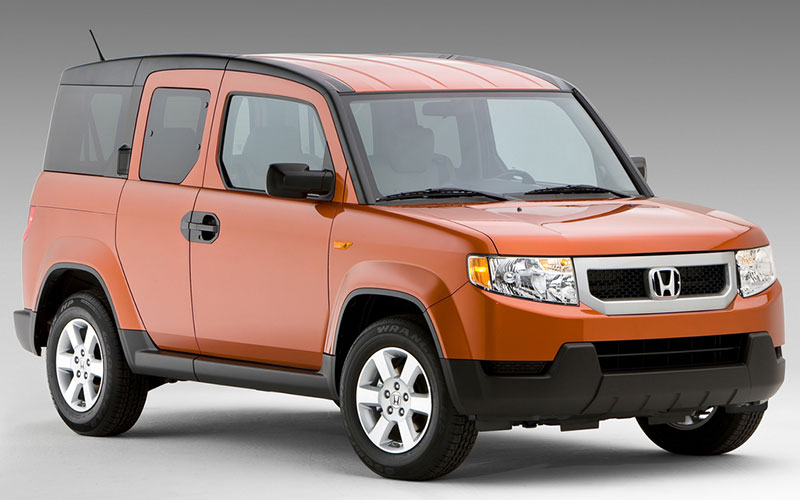
2011 Honda Element – hondanews.com | Shop Honda Element on Carsforsale.com
The Honda Element produced between 2003 – 2011, was designed, built, and marketed to Gen Y buyers as a life-style action vehicle. You might be surprised to know that a life-guard station inspired the Elements design, including the surfboard like curve of the roof profile. Yes, that’s what Honda said, and you can pass the trivia along to impress your friends. It’s a different look with an almost Jeep-like utility on the inside, all while coming with that Honda reliability making it a great option for the pre-owned market.
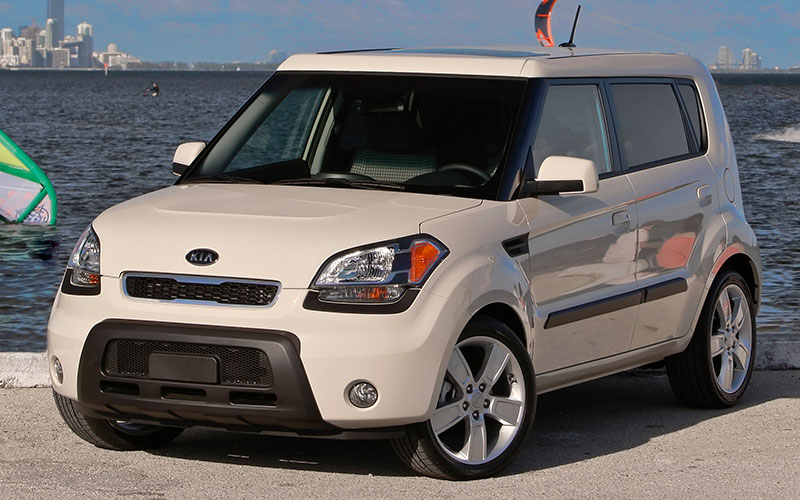
2010 Kia Soul – kia.com | Shop Kia Soul on Carsforsale.com
In 2008, Kia Soul added a massive personality to the small car market. It didn’t copy anyone else and started a trend towards stylish four-door wagons. Inside, Kia decided to fit the cabin with standard technology, safety, and luxury that you wouldn’t have found in the similar priced competition. And if it’s the style you want, the Soul comes in a great selection of color choices and design elements for both the interior and exterior of the fun little cube car.
In the $10,000 or less price range, it’s possible to find excellent versions of the Honda Element and Kia Soul. Many used models can be found with less than 100,000 miles, but you’ll generally find vehicles with 100,000 plus miles at our price range. It’s not unusual for these cars to get well over 200,000 miles of trouble-free use if they’re correctly maintained. So, don’t let the odometer scare you. Even though these used models may have a higher price per miles driven, it’s still worth the extra cost to get them.
On the Road
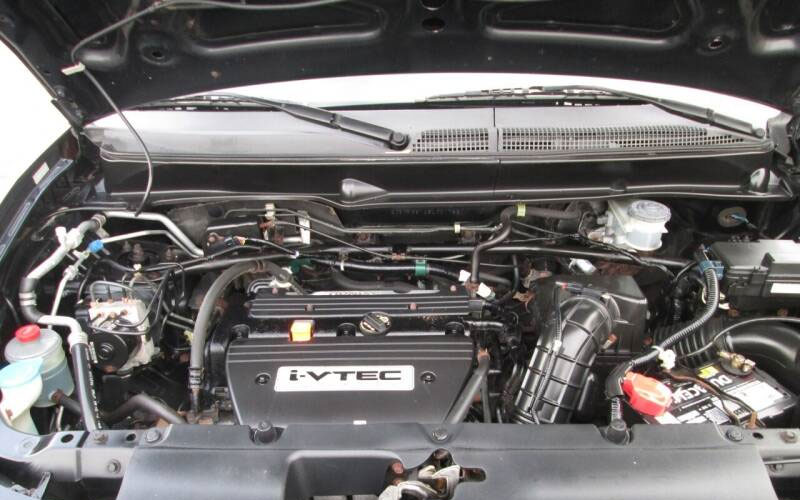
With the Honda Element, you’re not going to have a turbocharged four-cylinder speeding you down the highway. However, you will have Honda’s famous i-VTEC 2.4L four-cylinder that was also found in the Honda Accord. It carries itself around with 160 horsepower and 161 lb-ft of torque. The Honda Element can be found with either a five-speed manual or an optional four-speed automatic.

If you can score a version with Honda’s on-demand all-wheel-drive system, it will be well worth it. The system runs in FWD mode until the front wheels start to slip, which then activates AWD. The benefit there is that you have it when you need it without the gas mileage penalty and wear of a full-time AWD system. When you need to stop, you have four-wheel anti-lock disc brakes. Fuel economy for was officially 19 mpg City, 23 mpg Highway, and 20 mpg combined.
The sport-oriented suspension combined with the lower centered weight helped the Honda Element out-corner and outperform its CR-V family member. You won’t be racing any Honda Civic Type R‘s, but the Element is still fun to drive and toss around while not feeling like a massive crossover.
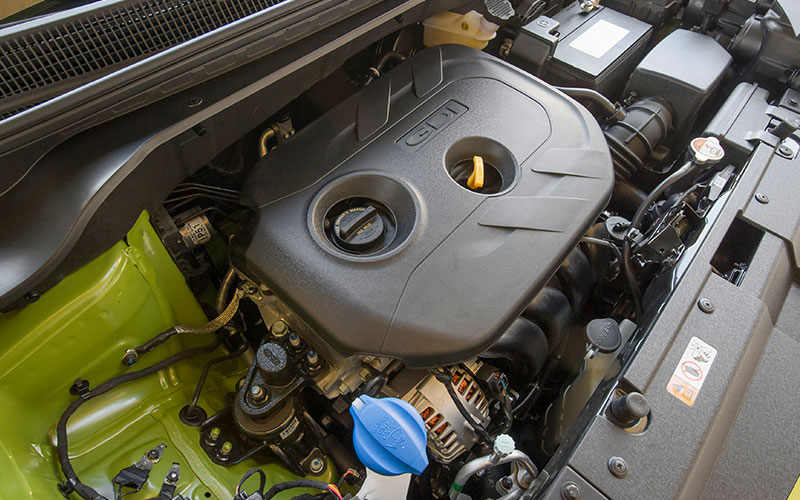
You’ll find most early Kia Souls have a 2.0L four-cylinder engine making 142hp and 137 lb-ft of torque. This little engine gets an EPA rated gas mileage of 24/30 mpg city/highway. The Soul may not carry the same amount of power the Element does, but the Kia Soul’s engine doesn’t have to pull around 3500 lbs. like the Element does either. The transmission is enjoyable in how it uses the best of the engine powerband through the gears. The car is carried by MacPherson front struts and a torsion beam rear suspension, providing a sporty feel in the turns for a not so sporty looking vehicle.
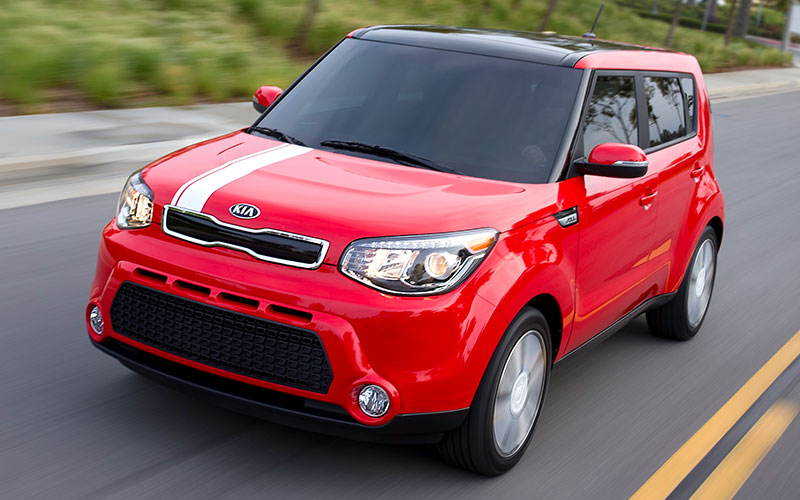
Some of the early Kia Souls were optioned with a performance package that includes 18-inch wheels and stiffer suspension tuning. Even though this is a performance option, don’t expect these upgrades to make the Kia Soul any closer to a Kia Stinger or K5 in the handling department. However, its low to the ground design and short overhangs help make the Kia Soul entertaining during daily commutes through the city.
Do You Want Utility or Comfort?
The genius of the Honda Element’s design is that the interior provides everything you need in a crossover and more. To give you an idea of your possibilities, the front and rear waterproofed seats recline to form a bed large enough to fit two adults comfortably. When you’re not camping in the car, the rear is then capable of fitting two large mountain bikes, standing straight up no less.
To do this, you collapse the rear seats and fold them up against the interior’s sides. If you need even more space, you can take the seats out for a full 70 cubic feet of cargo capacity. The Honda Element is flexible enough to carry five passengers, a dog, and a weekend’s worth of camping adventure. Plus, after you’re done, you can basically hose everything down to clean it.
When it comes to utility, the Kia doesn’t do badly with its 53 cubic feet of cargo space. Its van-like interior is down on space compared to the Element, but usable for most everyone. The cargo floor also lifts to store more cargo, and helps hide valuables. If you have a 15-inch laptop, you can throw it into the vast glove box.
Kia has always provided more for your money when compared to other auto manufacturers. Many of the Souls come with a long list of safety equipment, like active head restraints and even side-curtain airbags. You can find some with an optional 315-watt sound system and integrated Bluetooth. The Kia Soul outshines the Element with its interior quality. If you’re looking for an everyday car with a list of standard features that would outdo many automobiles at twice its price, the Kia Soul is a solid option.
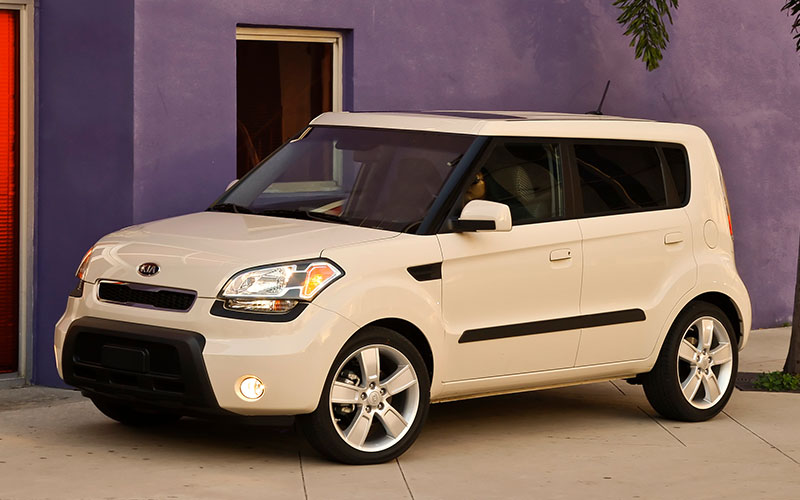
2010 Kia Soul – kia.com | Shop Kia Soul on Carsforsale.com
The Soul also provides room for five people (or four adults comfortably), and no one is going to complain about legroom. The quality of materials is night and day compared to the Honda. Whereas Honda is built for utility, adventure mud, and dirt, the Kia Soul is much more refined in materials. The Honda Element and Kia Soul are made for different types of people. So, the choice of which is best for you can centered on what your interests and actual use of the vehicle may be.
What Do We Think?
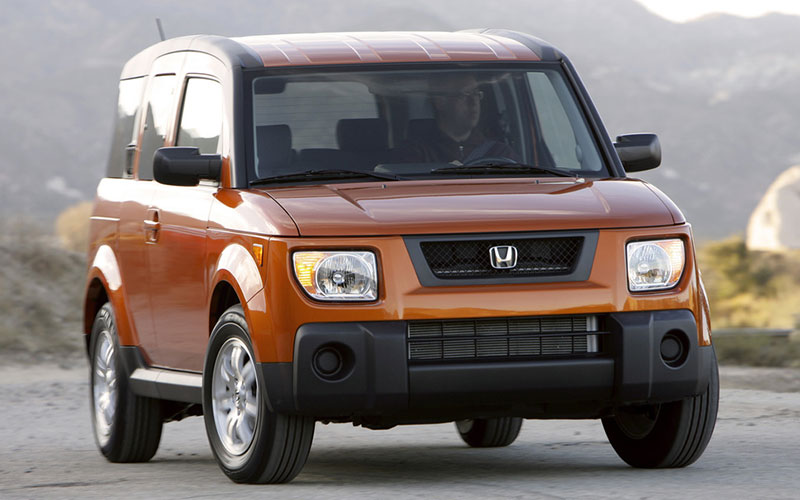
You would be hard-pressed to turn down the Honda Element – even with its different look. For $10,000, you get a waterproof interior, 270-watt subwoofer powered stereo, an automatic transmission, and if optioned, four-wheel-drive. We recommend that you look for a 2007 or later Honda Element. In 2007, Honda began to include standard side airbags, electronic stability control, and seat belts that allowed passengers in and out of the side doors without unbuckling front seat belts.
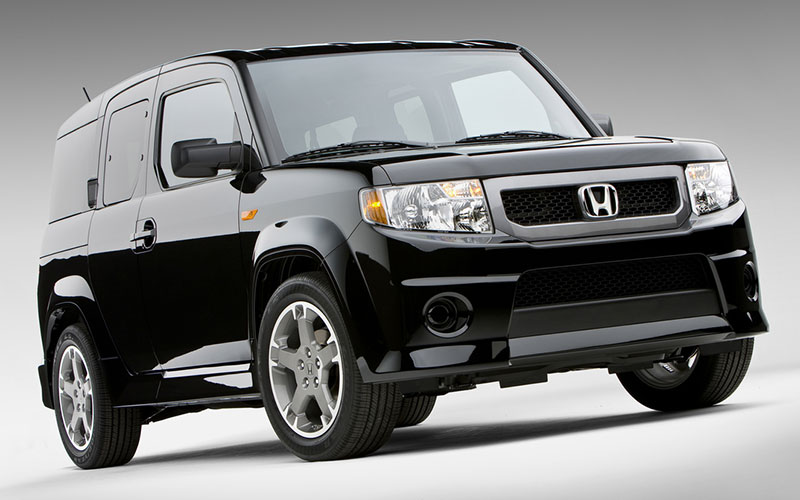
2009 Honda Element – hondanews.com | Shop Honda Element on Carsforsale.com
In 2009, Honda began offering an optional navigation system, and the Element changed to metal fenders instead of the composite fenders on previous models. The look was a little more refined, but the functionality of the vehicle remained the same.
With Honda’s reliability, build quality, and safety technology, you’ll enjoy years of use from your pre-owned Honda Element purchase. The fun of what you can do in the Element is just an extra benefit. Enjoy it and have some outdoor adventures.


